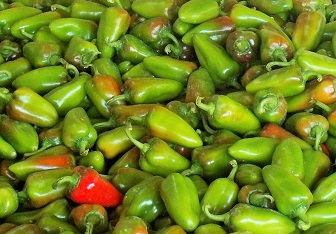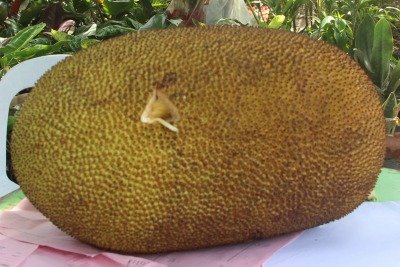The plant seed is an organ found in plant shoot, attached to the stem, and originating from a flower.
It is a structure that is formed by the maturation of the ovule within the ovary of the angiosperms.
It is often described as a “mature ovule”.
In angiospermous plants, the natural process of seed development occurs through double fertilization.
This proceeds after pollination, the transfer of pollen grains from an anther to the stigma of a flower.
In double fertilization, one of the two sperm nuclei (1N) in the germinating pollen (pollen tube) unites with the egg nucleus (1N) in the female gametophyte or embryo sac within the ovule to form the diploid (2N) embryo of the seed.
The other sperm nucleus (1N) in the pollen tube unites with the polar nuclei (2N) in the embryo sac to form the triploid (3N) endosperm.
Meanwhile, the surrounding integuments of the ovule form the seed coat (2N).


